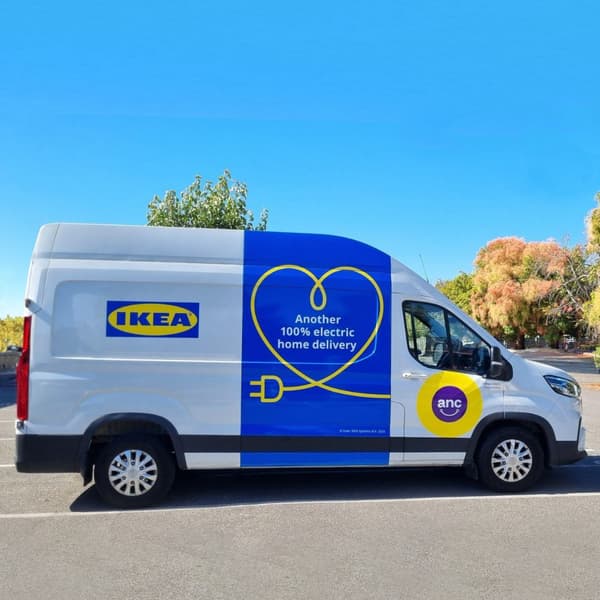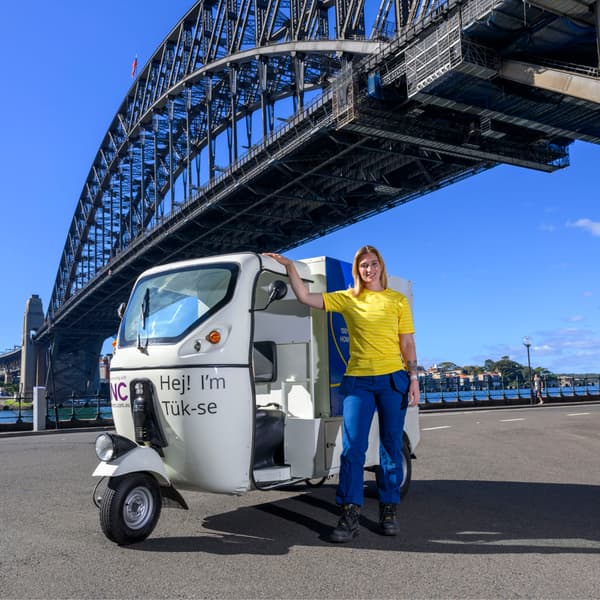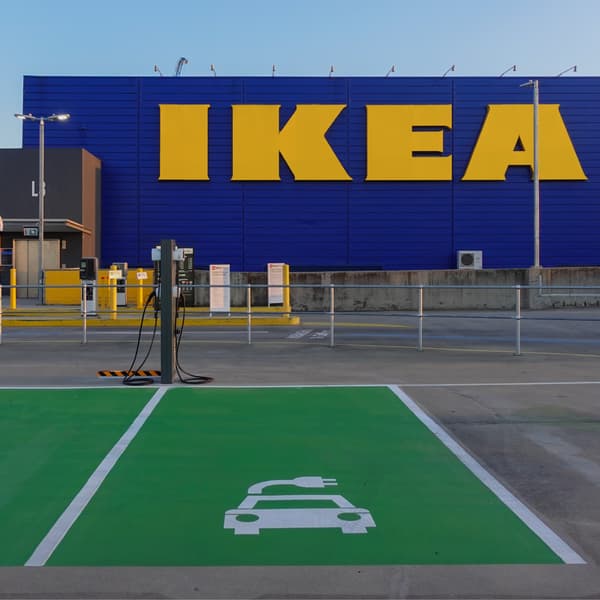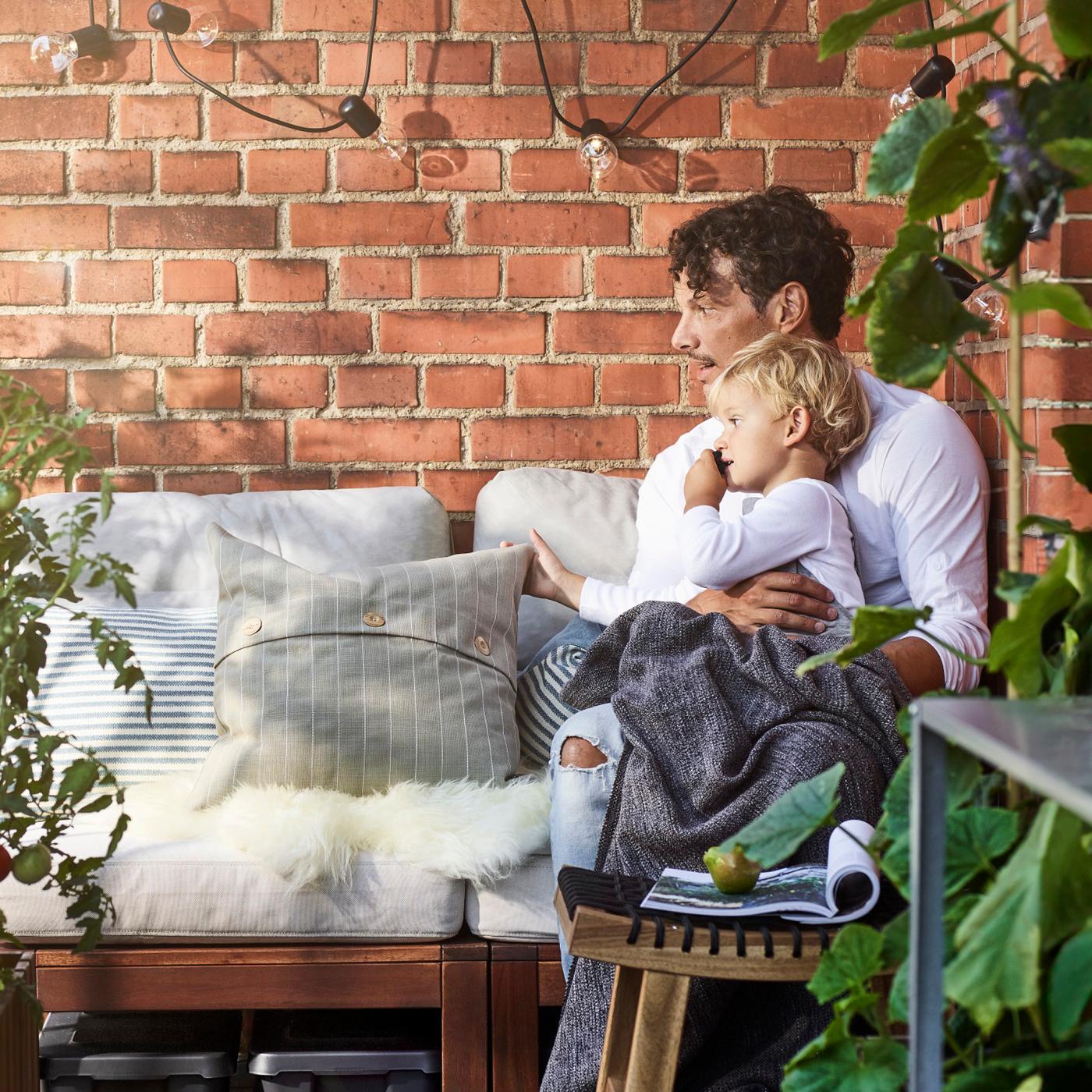A zero-emissions future

Zero emissions
As part of our IKEA Sustainability Strategy, we are committed to drastically reducing greenhouse gas emissions across the IKEA value chain. This includes transitioning to zero emissions vehicles for home deliveries and services for our customers.
We believe leading the transformation to a zero emissions future is not only the responsible thing to do, it also makes good business sense. But we cannot get there alone.
We’re working closely with the electric vehicle industry as a member of the Electric Vehicle Council, our transport service providers, the broader business community, state and federal governments and other stakeholders to come up with solutions and ideas to unlock a zero emissions future.
Here at IKEA Australia, we have big goals to achieve a zero emissions future
Globally, the goal is to achieve more than 90% zero emission delivery by 2028.
In Australia, in 2025 we are aiming to achieve 90% of truck deliveries via a zero emissions vehicle, which is all of our metro customer orders. The remaining 10% is our regional volume - we aim to achieve this as soon as technology allows.
Customer and co-worker travel
By 2030, we aim to reduce emissions by 40%* from co-worker and customer travel.
*From 2016 as the base line.
100% zero-emission deliveries
In 2019, IKEA became the first home furnishing retailer in Australia to use electric vehicles for home deliveries and assembly services.
Today, over 76% of truck deliveries to our customers are now made via a zero emissions vehicle (August 2025).
Through strong collaboration and commitment with our delivery partners ANC Delivers, Kings Transport, and All-Purpose Transport, there are now more than 100 electric vans and trucks operating for IKEA nationally.
Yet we face some challenges on our electrification journey. With Australia’s unique geography, limited charging infrastructure network, and the driving range of electric delivery vehicles, travelling long distances to reach our many customers isn’t yet possible. But we are working hard to get there!
We have invested $4.5 million investment in a national charging infrastructure network for our delivery partners to address charging infrastructure accessibility in metro areas.
Plus, as members of the Electric Vehicle Council, we are leading by example to share our learnings and collaborate to overcome the challenges of the transition with business, industry and governments.
When we say 'zero emission delivery' we are talking about our truck customer orders that are delivered in a vehicle that produces zero tailpipe emissions.
Australian first micro-mobility trial
An Australian-first, in 2023 we trialled parcel deliveries via e-tuk tuks, named Tük-se and Tack-se (‘tack’ meaning ‘thanks’ in Swedish) by co-workers. In partnership with ANC Delivers, the e-tuk tuks undertook customer deliveries in a 10 km radius from the IKEA Tempe store in a 3-month pilot.
The e-tuk tuk trial was the first step into understanding the role of zero emissions micro-mobility for IKEA, providing us the opportunity to test and learn about a new solution using small, lightweight vehicles for home deliveries.
EV chargers
We also want to support our customers and co-workers to reduce their travel footprint. We currently have 29 EV chargers at IKEA stores around the country, that IKEA, or our charging partners provide for public use. We’ve invested in EV charging stations at;
- IKEA Tempe
- IKEA Marsden Park
- IKEA Canberra
- IKEA Richmond
- IKEA Springvale
- IKEA Adelaide
We’ve also partnered with the Queensland Government on the Queensland Electric Super Highway for IKEA Logan and IKEA North Lakes.
These stations are all part of the Chargefox network, with a fee-for-use model now in place for all charging stations. Users can check their Chargefox app for more details.
Additionally, we’ve partnered with Evie Networks to install two ultra-fast chargers located at IKEA Tempe. These can be found in the underground car park at the back of the building. These chargers are managed by Evie Networks and are also fee-for-use. Users can check their Evie app for more details.






